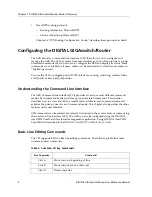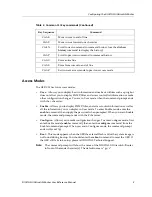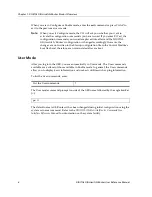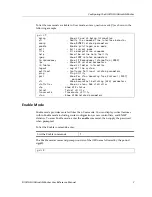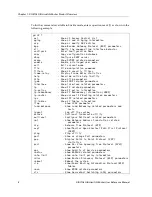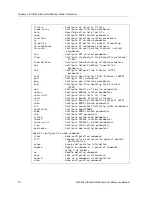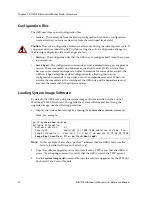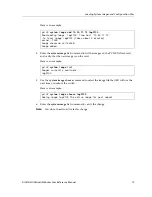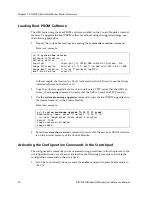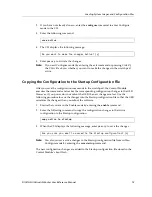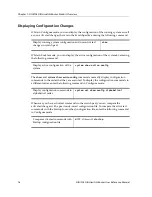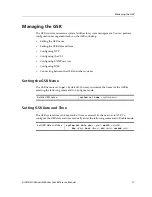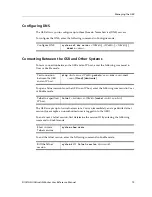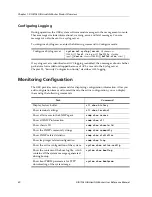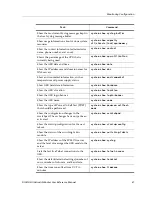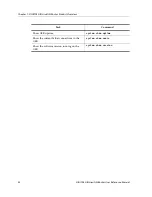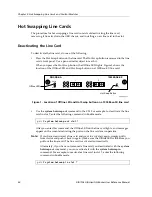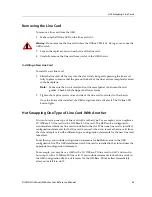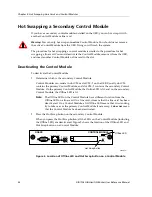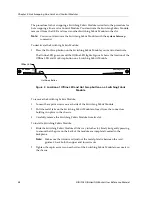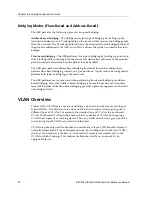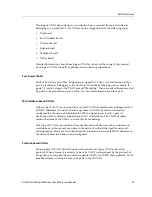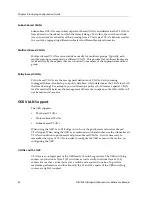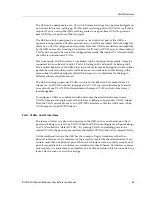
Chapter 1: DIGITAL GIGAswitch/Router Product Overview
18
DIGITAL GIGAswitch/Router User Reference Manual
Configuring NTP
You can use the
ntp set server
command to instruct the GSR’s NTP client to periodically
synchronize its clock. By default, the GSR specifies an NTPv3 client that sends a
synchronization packet to the server every 60 minutes. This means the GSR will attempt
to set its own clock against the server once every hour. The synchronization interval as
well as the NTP version number can be changed.
Note:
To ensure that NTP has the correct time, you need to specify the time zone, as
well. You can set the time zone by using the
system set timezone
command.
When specifying daylight saving time, you’ll need to use the
system set daylight-
saving
command.
To configure the GSR’s NTP client to synchronize its clock, enter the following command
in Configure mode:
Configuring the GSR CLI
You can customize the CLI display format to a desired line length or row count. To
configure the CLI terminal display, enter the following command in Enable mode:
Configuring SNMP Services
The GSR accepts SNMP sets and gets from an SNMP manager. You can configure GSR
SNMP parameters including community strings and trap server target addresses.
To configure the GSR SNMP community string, enter the following command in
Configure mode:
To configure the SNMP trap server target address, enter the following command in
Configure mode:
Instruct GSR’s NTP server to
periodically synchronize clock
ntp set server
<host>
[interval
<minutes>
]
[source
<ipaddr>
] [version
<num>
]
Configure the CLI terminal display.
cli set terminal rows
<num>
columns
<num>
Configure the SNMP community string.
snmp set community
<community-name>
privilege read|read-write
Configure the SNMP trap server
target address.
snmp set target
<IP-addr>
community
<community-name>
[status
enable|disable]

